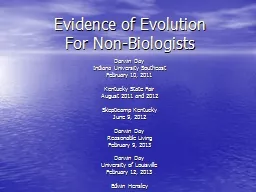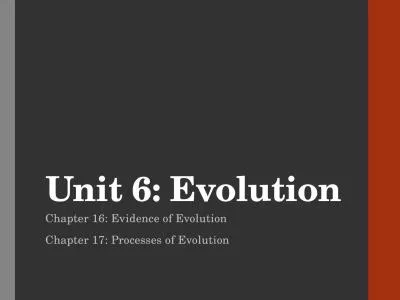PPT-The Evolution of Common Western
Author : emily | Published Date : 2022-06-28
Tuning Systems Wayne Wu Tuning System Octave Ratio of Same note 12 pitchessemitones How do we get there Tuning System Three major tuning systems temperaments
Presentation Embed Code
Download Presentation
Download Presentation The PPT/PDF document "The Evolution of Common Western" is the property of its rightful owner. Permission is granted to download and print the materials on this website for personal, non-commercial use only, and to display it on your personal computer provided you do not modify the materials and that you retain all copyright notices contained in the materials. By downloading content from our website, you accept the terms of this agreement.
The Evolution of Common Western: Transcript
Download Rules Of Document
"The Evolution of Common Western"The content belongs to its owner. You may download and print it for personal use, without modification, and keep all copyright notices. By downloading, you agree to these terms.
Related Documents














